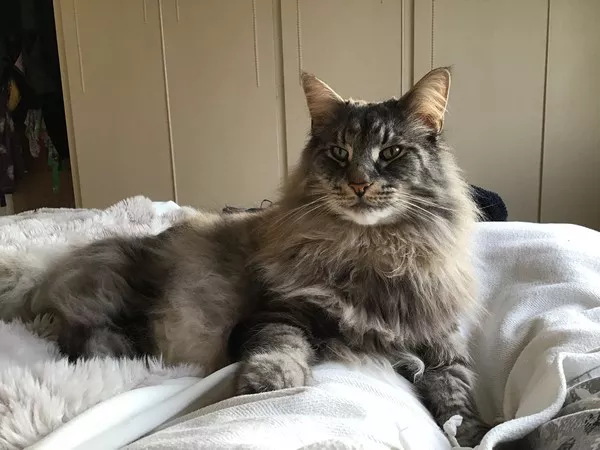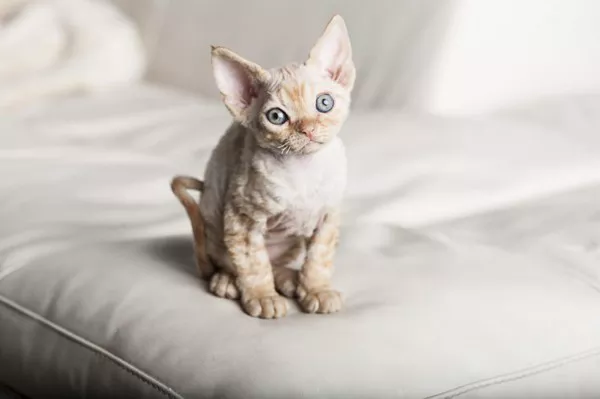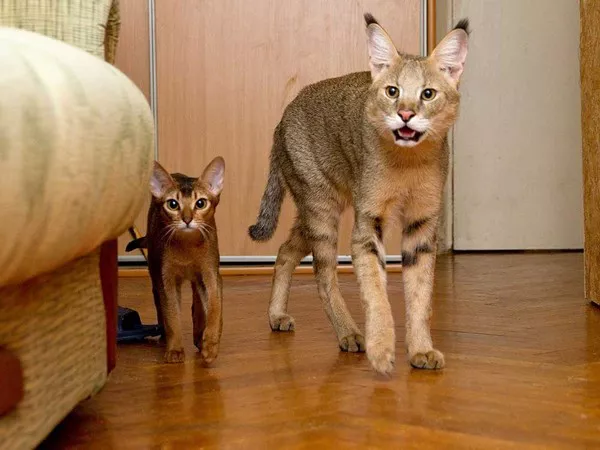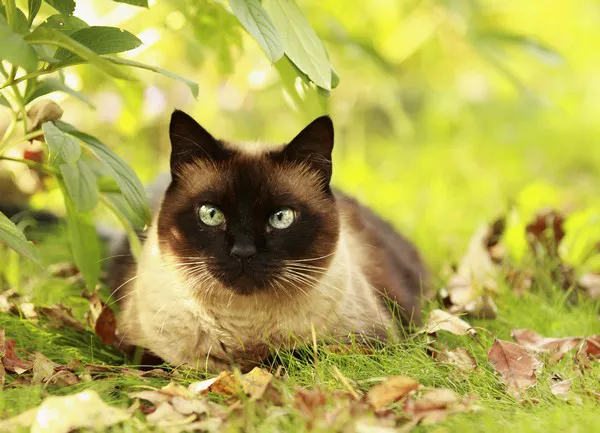The Norwegian Forest Cat, with its mystical aura and majestic fur, is not just a popular breed in the world of feline enthusiasts but also a subject of cultural heritage in Norway. This article explores why this breed is specifically known as the “Norwegian Forest Cat” and traces the intricate history, folklore, and characteristics that define this iconic animal. Through understanding its etymology and evolution, we can appreciate not only the breed’s robust physical attributes but also its significant role in Norse mythology and Norwegian rural life.
Norwegian Forest Cat
The Norwegian Forest Cat, known natively as ‘Norsk Skogkatt’ or ‘Skaukatt’ in Norway, is a breed that epitomizes resilience and natural beauty. Characterized by its thick, lustrous fur, sturdy build, and friendly demeanor, the Norwegian Forest Cat is built to survive the harsh Scandinavian winters. However, the name of this breed extends beyond mere geographical identification, delving into a rich tapestry of history and legend.
Historical and Mythological Backdrop
To fully grasp why they are called “Norwegian Forest Cats,” it is essential to consider the historical and mythological contexts that have shaped their identity. These cats are often linked to the Vikings, who valued them for their hunting skills and their ability to keep rodent populations under control in villages and on ships. Mythologically, they are sometimes associated with Freya, the Norse goddess of love and beauty, who was said to have a chariot drawn by two large cats that some believe were the ancestors of the modern Norwegian Forest breed.
Etymology and Naming Conventions
The term “Norwegian Forest Cat” is a direct translation of the breed’s Norwegian name, which encapsulates its native environment and its robust nature. “Skog” in Norwegian means forest, indicating the natural habitat where these cats thrived, and “katt” simply means cat. This nomenclature is not just a literal description of their origins but also a nod to the breed’s evolutionary adaptations, which have enabled them to thrive in forested areas with cold climates.
Cultural Significance in Norway
In Norway, the Norwegian Forest Cat is more than just a pet; it is a part of the nation’s cultural heritage and rural history. These cats have been farm animals as much as they have been companions, valued for their ability to control pests and adapt to outdoor life. Over generations, they have been featured in Norwegian folktales and paintings, often symbolizing domestic serenity and the rustic charm of the Norwegian countryside.
Evolution and Physical Adaptations
The evolution of the Norwegian Forest Cat has been shaped by the demands of the Scandinavian environment. Their thick, water-resistant coats, bushy tails, and tufted ears and paws provide insulation and protection from the snow and cold, making them ideal inhabitants of the Norwegian forests. Their powerful physique allows them to climb and hunt effectively, which was essential for survival in the wooded terrains of Norway.
The Breed’s Recognition and Modern Popularity
Although they have been a part of Norwegian folklore for centuries, Norwegian Forest Cats were only officially recognized as a breed in the mid-20th century. The formation of breeding clubs and the establishment of breed standards helped rescue them from the brink of obscurity, particularly after their numbers dwindled following World War II. Today, they are celebrated not only in Scandinavia but around the world, cherished for their striking appearance and affectionate nature.
Genetic Studies and Breed Development
Recent genetic studies have provided insights into the origins and development of the Norwegian Forest Cat. DNA analyses confirm that they are indeed a naturally occurring breed, shaped by evolutionary pressures rather than selective breeding practices. These studies also help breeders ensure the health and vitality of the breed by understanding genetic diversity and potential hereditary conditions.
Folklore Versus Reality
While folklore often portrays the Norwegian Forest Cat as a mystical creature, possibly with ties to the gods and spirits of ancient Norse mythology, the reality is that these cats are a product of natural selection. The romanticized versions in stories and paintings have undoubtedly contributed to their mystique and appeal but understanding their true nature and origins enhances our appreciation of this breed.
Conservation and Future Prospects
As with many pure breeds, there is a concern about maintaining genetic health and diversity within the Norwegian Forest Cat population. Conservation efforts focus on sustainable breeding practices and preventing the dilution of the breed’s unique characteristics. These efforts ensure that future generations will continue to enjoy and celebrate this remarkable breed.
Conclusion: Embracing the Legacy of the Norwegian Forest Cat
The Norwegian Forest Cat encapsulates a blend of natural elegance, historical significance, and cultural reverence. The name “Norwegian Forest Cat” reflects not only the breed’s survival capabilities in Norway’s forests but also its integral role in Scandinavian cultural history. By exploring the etymology and evolution of these cats, we not only honor their past but also contribute to their enduring legacy in the world of cats. As we continue to study and appreciate this breed, we ensure that the lore and allure of the Norwegian Forest Cat persist, enchanting cat lovers around the world.

























